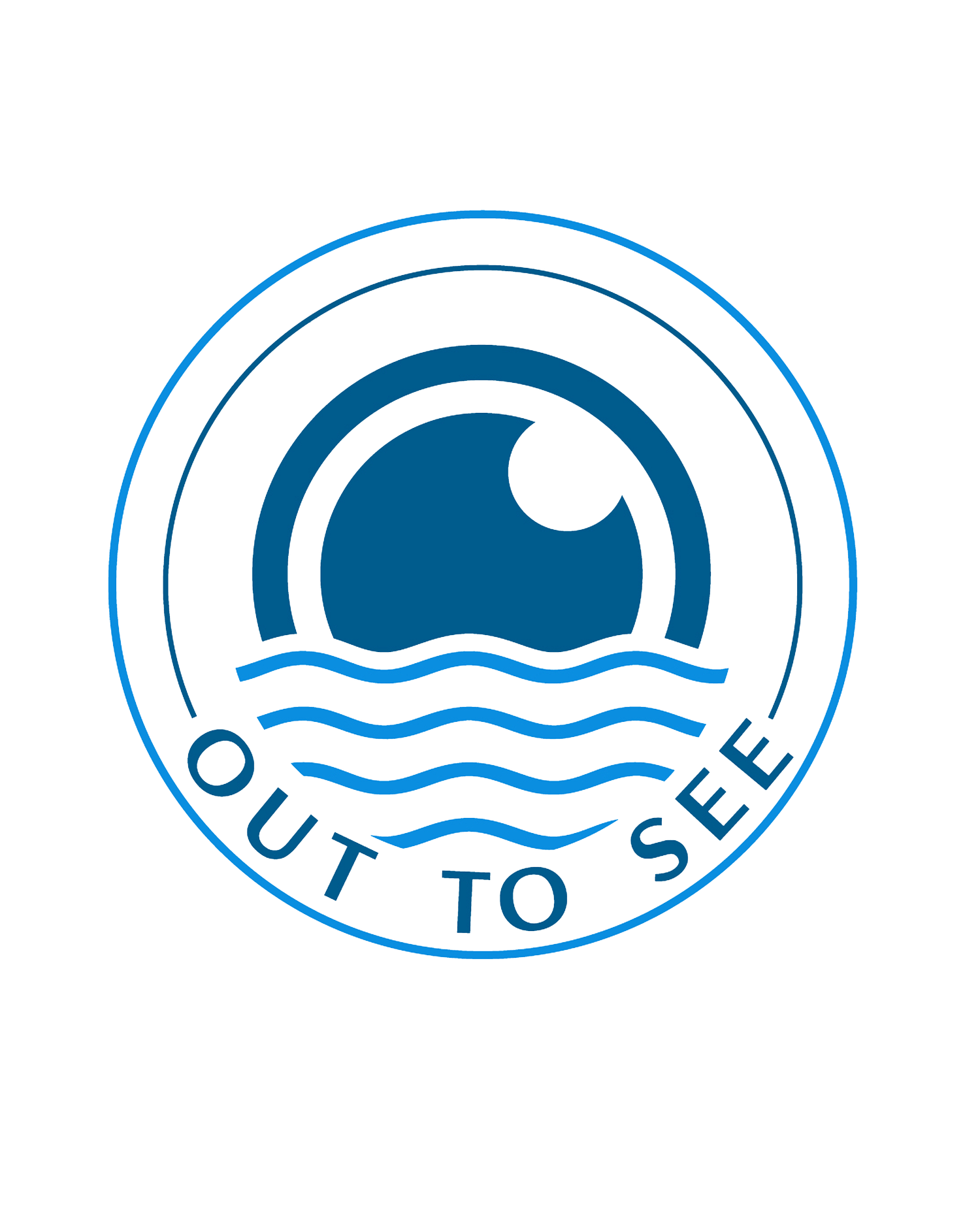Photochromic Lenses (transition lenses)
Photochromic lenses, are a type of eyeglass lens that automatically darkens when exposed to sunlight and returns to clear when indoors or in low-light conditions. These lenses offer convenience by combining the functionality of both regular eyeglasses and sunglasses in one pair.
How Do photo-chromatic Lenses Work?
Photochromic (aka transition) lenses contain millions of molecules of photochromic dyes embedded in the lens material. These molecules are transparent to visible light in their normal state. However, when exposed to ultraviolet (UV) light from the sun, the molecules undergo a chemical change, causing them to absorb more light and darken the lenses. When the UV light decreases, the molecules revert to their original state, and the lenses become clear again.
KEY POINTS :
UV Activation: The darkening process is triggered by UV rays, not visible light. This is why transition lenses may not darken as much inside a car, as most car windshields block UV rays.
Speed of Transition: The transition from clear to dark and vice versa is typically quick. Modern transition lenses can darken within a minute of exposure to UV light and start to clear up almost immediately when UV exposure decreases.
BENEFITS OF TRANSITION LENSES :
Convenience: No need to switch between prescription glasses and sunglasses.
UV Protection: They provide 100% protection from UVA and UVB rays, which helps protect your eyes from potential sun damage.
Versatility: Suitable for various activities and environments, making them a good option for people who move frequently between indoors and outdoors.
TYPES OF PHOTOCHROMIC LENSES :
Standard Transition Lenses: These lenses are designed for everyday use, offering a good balance between clarity indoors and darkness outdoors.
Transition XTRActive Lenses: These lenses are designed to darken even behind car windshields and provide extra protection from sunlight. They also have a slight tint indoors to provide comfort in bright indoor light.
Transition Vantage Lenses: These lenses not only darken in response to light but also become polarized as they darken. Polarization reduces glare, especially from reflective surfaces like water or roads, making them ideal for outdoor activities.
LIMITATIONS OF PHOTOCHROMIC LENSES :
Temperature Sensitivity: Transition lenses may take longer to darken in very cold temperatures or may not darken as much in extreme heat.
UV Light Dependency: Since they are activated by UV light, transition lenses may not fully darken in environments where UV rays are filtered, such as inside a car with a UV-blocking windshield.
CARE AND MAINTENANCE
Cleaning: Clean your transition lenses with a microfiber cloth and a lens cleaner suitable for anti-reflective coatings. Avoid using household cleaners, as they may damage the lens coatings.
Storage: When not in use, store your glasses in a hard case to prevent scratches or damage. When not on your face, they are in your case.
WHO SHOULD CONSIDER PHOTOCHROMIC LENSES :
Photochromic lenses are a great option for people who:
Frequently move between indoor and outdoor environments.
Prefer the convenience of not having to carry a separate pair of sunglasses.
Are concerned about UV protection and want to reduce the risk of eye conditions related to sun exposure, such as cataracts or macular degeneration.
However, those who spend a significant amount of time driving or who need specialized sunglasses for activities like skiing or water sports might still prefer dedicated sunglasses.
CONCLUSION
Transition lenses offer a blend of comfort, convenience, and protection, making them an attractive option for many eyeglass wearers. By adapting to changing light conditions, they provide a seamless experience that can reduce the hassle of switching between regular glasses and sunglasses. While they have some limitations, advances in photochromic technology continue to make these lenses an increasingly popular choice.
For more details or to explore specific brands and models, give your local eye care professional who can provide personalized advice based on your lifestyle and vision needs a call.
